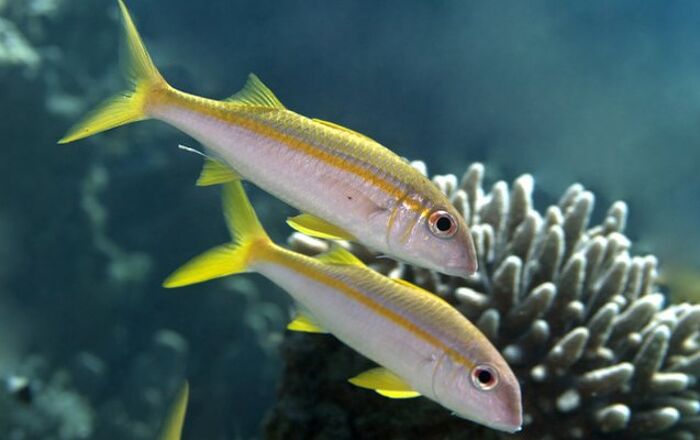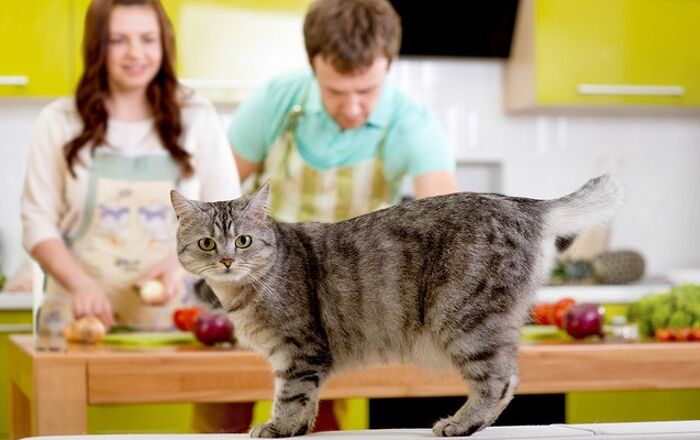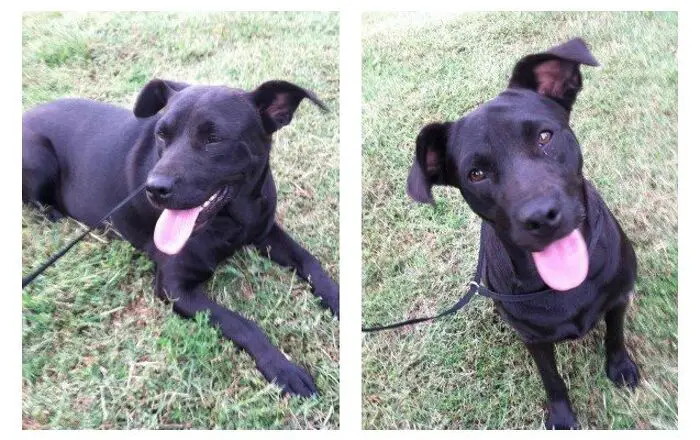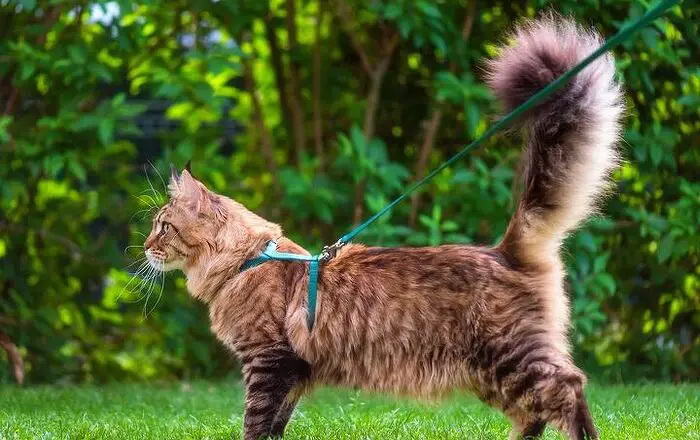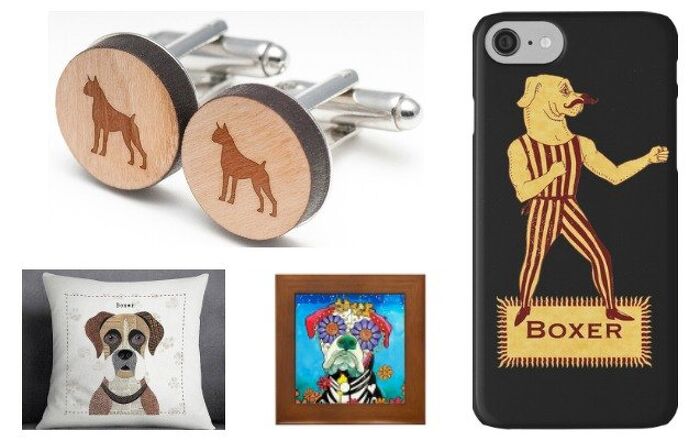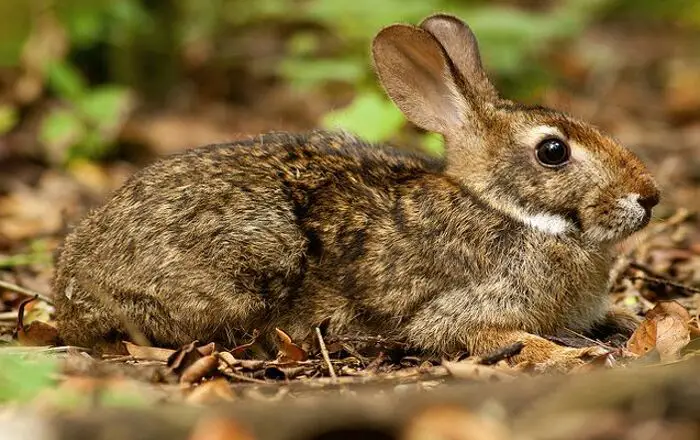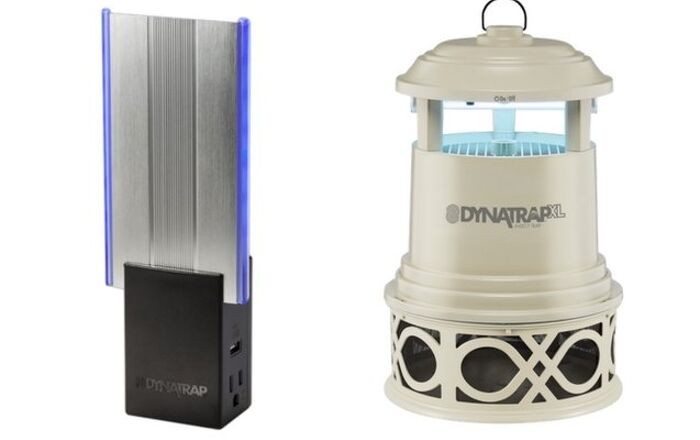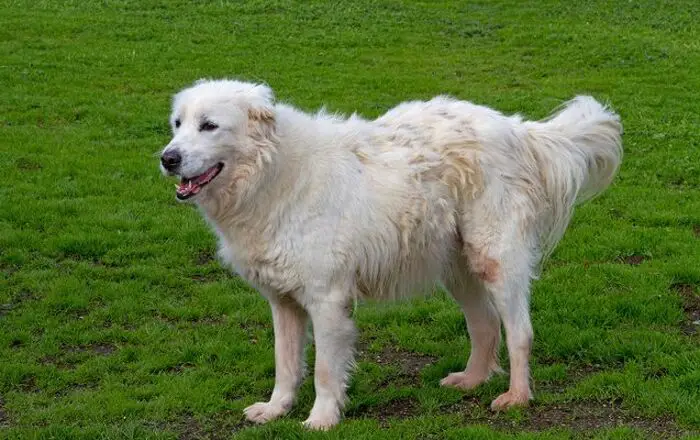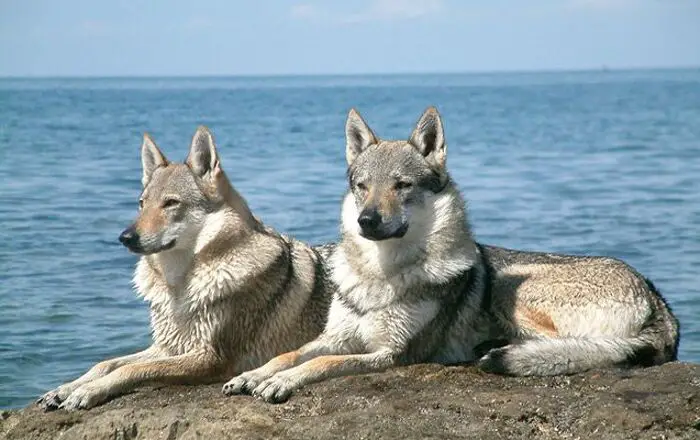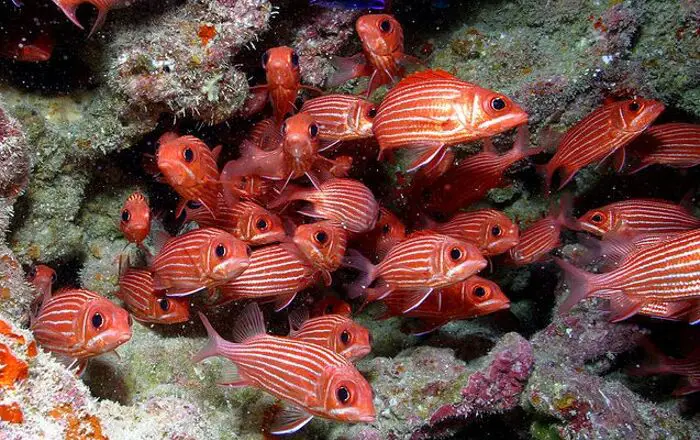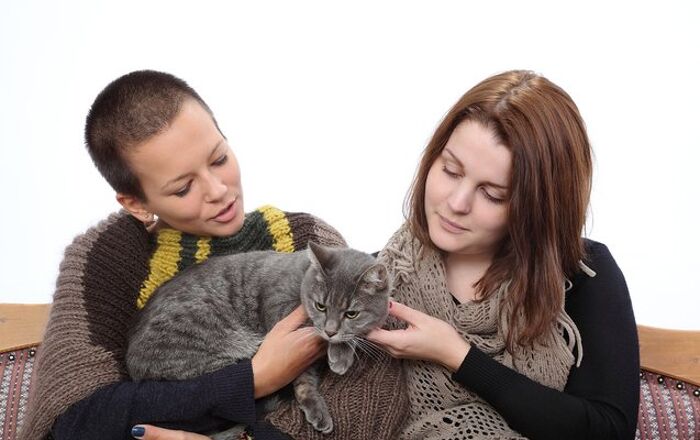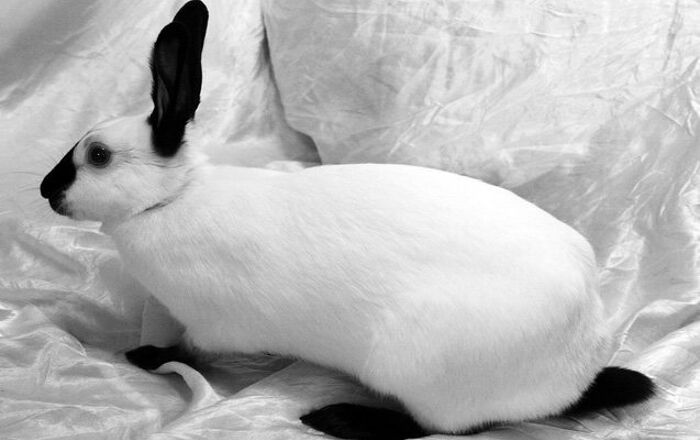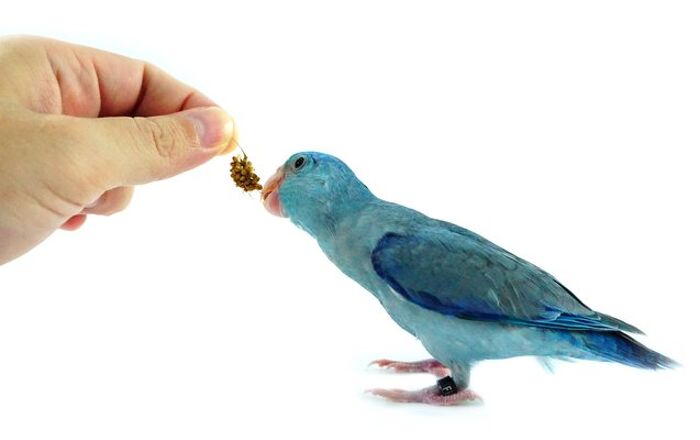With so many cat breeds out there, how can you tell if your cat is packing on the pounds or simply reflecting DNA from a distant relative that just happens to be one of those larger-sized breeds?
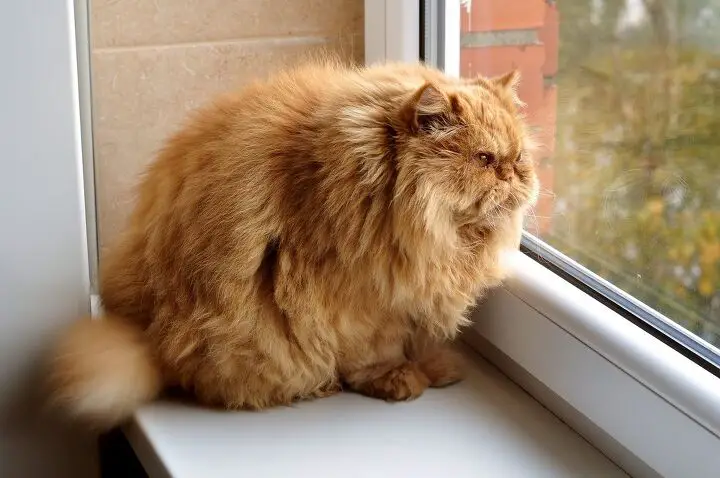
I mean, in humans, we tend to write off extra weight as simply being in our genes and out of our control… but is that also the case with housecats? Time for a deeper dive into this important subject.
And we’ll start by making that all-important diagnosis: is my cat really fat or just “fluffy”?
Determining an Overweight Condition:
There are three ways to answer this question and they’re all fairly straightforward.
1) Weigh her. If she’s a domestic housecat, the average weight for a small or medium feline should be between 7 and 13 pounds with males being at the higher end of the range. Yes, different breeds may weigh heavier than others and no, a fluffy coat will never account for those extra pounds. If she’s a pure-bred, check out the average weights for that breed and aim to bring her down to within that range if she’s tipping the scales at more than recommended.
2) Get touchy-feely. Yes, rub your hands along her rib-cage, her back and even up and down her tail. You should easily feel her ribs, spine and even her tail bone – not to the point they’re jutting out, but certainly the shape and outline. Now, if your feline pal is carrying extra weight, you’re going to find yourself searching a little more than you should have to.
3) Eyeball her. You see your pet every day, but do you actually look at her physique with a critical eye? Check her out from behind when she’s sitting – does her lower half tend to hang over her back legs? Look at her from above – is her mid-section wider than her back hip joints? And when she’s walking, does her abdomen hang low. Not the saggy wobble that most cats have, but a deeper, thicker torso that looks abnormally large.
And be aware that the dangly flap under her belly and affectionally dubbed “dewlap” is in fact important to your pet’s anatomy and not necessarily indicative of a weight problem. It’s called a primordial pouch and it actually serves a purpose. Yes, that extra flap is there to help protect her vital organs from predator attacks – these days, more likely a playful pooch or another feline.
If you’re still not sure, try downloading one of the many Body Condition Score charts that are posted in every vet’s office. They’re easily found online and all will include visuals from the side and above, with a numbered ranking. If you recognize your pet’s profile under anything over a “6”, then she’s considered overweight and it’s time to re-evaluate her lifestyle.
Reducing That Excess Weight
If your pet’s extra pounds are not due to a medical condition, it’s time to get to work. And just like humans, weight loss is down to becoming more active and reducing calorie intake.
Activity:
If she’s an indoor cat, appeal to her natural prey drive and use puzzle-feeders and cat foraging toys that will make her work for her meal. If space allows, there are a number of outdoor enclosures that will allow her to move around, climb and become more active. And if she’s settled into a comfortable lounge-around routine, plan to devote at least 30 minutes a day to get her active. Toss catnip toys, use laser pointers or engage her with feathery wands that will encourage her to leap, chase and become mentally as well as physically stimulated.
There are also myriad websites devoted to our feline friends that offer up mice, birds and squirrels she can watch and swat at. Remember, the goal is movement and even just a little, is better than having her curled up and sleeping all day.
Food:
Cats are natural carnivores and today’s foods – even those pricey, healthy blends – can rely on carbs to deliver the fullness and flavours your pet enjoys. The solution can be two-fold and includes swapping out a strictly kibble-based diet, for one that includes wet foods. The moisture in wet food helps with fluid intake and can provide that sense of feeling “full” without over-eating. It also leads to the need to establish meal periods versus free-feeding. Because cats – unlike dogs – tend to pick and eat when the mood strikes, how easy has it become to simply leave out a bowl of kibble and allow Fifi to graze throughout the day. Wet food requires dispensing and this means set feeding times and no more grazing.
And, just like humans who eliminate snacking between meals and late at night, losing weight becomes a natural outcome. If your pet’s weight has become a serious concern, speak to your vet about swapping out her regular food for a low-calorie variation and slowly transition her from her favorite flavor/brand to the new one.
Repercussions of Retaining Extra Weight:
Overweight and obese pets are subject to the same serious medical conditions as their doting pet parents. Heart disease and diabetes that can require daily medications, osteoarthritis that can compromise her quality of life and even liver disease and painful pancreatitis. These ailments are not only debilitating to your pet but can be expensive to diagnose, treat and then monitor over time. And while feline obesity is becoming more common in North America, it’s also a growing concern among veterinarians who see this serious medical condition often going unaddressed. If you notice a weight gain in your pet, find her noshing down at all hours and becoming disinterested in toys or activity, don’t put it down to a cat simply being a cat. You owe it to her to get her moving, eating properly and living her best life.
